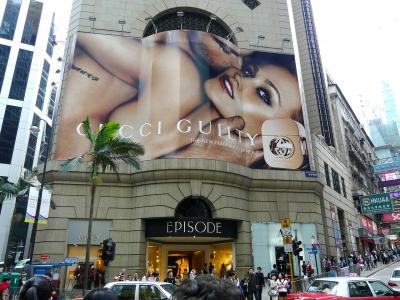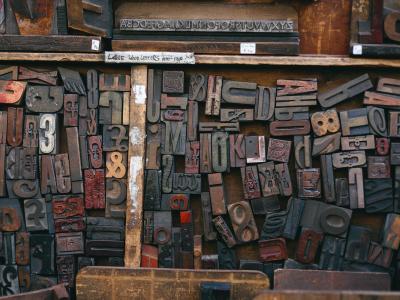Set up in the restored manor where the famed French author spent several months of his exile in 1871, Victor Hugo House Literary Museum in Vianden exhibits the letters, drawings, manuscripts, and personal possessions of the legendary poet and novelist.
We all live in an incredibly interesting time - the era of digital marketing. Due to digital marketing we can now reach out to the clients in a different and completely new dimension - the Internet.
It is a common belief that branding is highly important to marketers, consumers, and society-at-large. But several years ago there arose a movement stating that branding is actually not ethical.
Companies and buyers interact through various channels, which include news, advertising, social media and consumer sentiment.
The world has reached the point where a no name with better peer reviews can compete with a top brand in almost any industry. Does this mean branding is not a thing anymore?
The holiday is in its full play, and major brands are bombarding us with another portion of Christmas-themed commercials. While most of those will soon be forgotten, some might get on the list of Cannes Lions International Festival of Creativity to become legends.
In business, they talk about branding all the time. You ought to have a style to differ from others, and that style is mainly represented by a logo. It is a showcase demonstrated to the prospective customers, a face turned to them.
While fashionistas are cutting logos off their designer clothes, non-fashion brands keep using promotional wears. All those hats, T-shirts and jackets emblazoned with the names of sport teams, political candidates and various companies seem to be everywhere you look.
Despite the common belief, good company branding requires more than a cool logo. As the name would suggest, branding is a complex process. But you should not forget what it is all about.
The process of picking the right typeface is truly mazy – too many options, too little clues. Yes, the web is overfilled with tips, rules and guidelines on the topic, but they seem to be aimed at calligraphy geeks. No explanations – just an endless list of possible matches.
Even in today’s digital age, print marketing still stays afloat. Each day we deal with dozens of flyers, catalogues and business cards made of good old paper. The problem is that most of these items fail to catch the eye before being thrown to a bin. Why?










